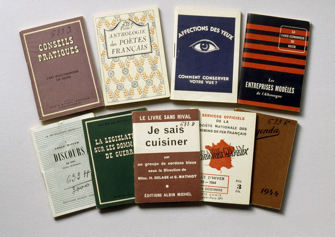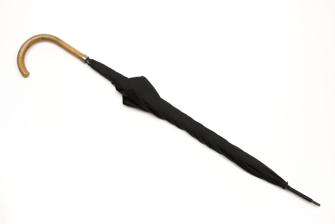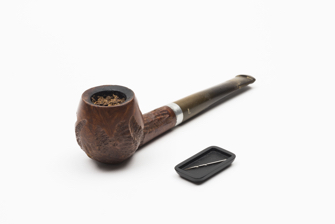
One of the most remarkable items in the exhibition on spies and espionage “Guerres Secrètes” (“Secret Wars”), currently on show at the Musée de l’Armée, is a French intelligence file on a Vietnamese man by the name of Vo Nguyen Giap. The surveillance file was opened in 1922, when Giap was one of the leaders of a strike at a school, and was not closed until 35 years later, in 1957. In spite of being watched for so long by the Sûreté Générale Indochinoise security office, founded in 1917 to counter the growth of Vietnamese nationalism, Giap went on to forge military history. He not only led the 1954 Dien Bien Phu battle, which played a decisive role in evicting the French colonial overseers, but also acted as military commander against the Americans, eventually driving another mighty Western power out of his country.
Another interesting artifact of the time is the French service’s 1955 file on the recruiting of a Vietnamese hairdresser as an agent codenamed “Véronique.” The file, full of personal details, reveals that she lived in Can Tho and was married with two children, and that her husband had left her for another woman. The mystery remains: why was this woman, hardly an action heroine, recruited as an agent? Perhaps because people aren’t so careful about what they say to a hairdresser?
The show, which is backed by the Direction Générale de la Sécurité Extérieure, the French foreign intelligence service, also looks at the activities of the American CIA, Russian KGB and British MI6.
Along with the files, training manuals and reference books for operatives are many exhibits of guns, daggers and concealed deadly devices for well-equipped agents and service personnel fighting unorthodox battles, among

A poison-tipped umbrella like this, invented by the KGB, was used only 40 years ago by the Bulgarian Secret Service to kill dissident writer Georgi Markov. The victim feels only a slight pressure and dies a few days later. © Paris-Musée de l’Armée, Dist. RMN-Grand Palais/Emilie Cambierthem a model of the notorious poison-tipped umbrella used to kill the Bulgarian BBC radio journalist Georgi Markov in London in 1978 and a shoe with a concealed razor for slashing an opponent.
Other exhibits include the Lee Enfield .303 rifle carried by T.E Lawrence, better known as Lawrence of Arabia, on loan from the Queen Elizabeth Royal Collection, and his golden dagger, lent by the Oxford Ashmolean Museum.
The exhibition tells us that Lawrence was an Army liaison officer and shows the scene of a deadly attack on a Turkish Army train from David Lean’s 1962 epic Lawrence of Arabia. Lawrence fought behind the lines and wore white Arabic robes, but he was certainly not discreet enough to be a spy, and the wars he fought in were no secret.
A section on assassination includes an internal memo from the SDECE (External Documentation and Counter-Espionage Service) dated August 1, 1958, granting approval to “neutralize” a man in Morocco, stipulating that the means be discreet, undetectable and the effects postponed (read poison). The SDECE was highly active during the Algerian War, which also proved futile.
In 1982, the SDECE became the DGSE, which killed a photographer during the botched sinking of the Greenpeace boat Rainbow Warrior in New Zealand in 1985.
A different form of assassination is referred to at the entrance to the exhibition, where a photo shows women working on what look like large electric switchboards. Unbeknownst to them until after the war, however, they were actually working on Project Manhattan, helping to build the atomic bombs dropped on Hiroshima and Nagasaki.
Among the film clips are James Bond movies, the downbeat The Spy Who Came in from the Cold with Richard Burton, and the controversial Zero Dark Thirty, which claimed to tell the story of the CIA analyst who pursued Osama Bin Laden and whose work led to his killing in Pakistan.
The poster for the exhibition shows a man in a
raincoat and hat carrying a briefcase. His shadow, however, shows him clutching a gun rather than a briefcase, an appropriate illustration for a deadly business in which things are rarely what they seem.

